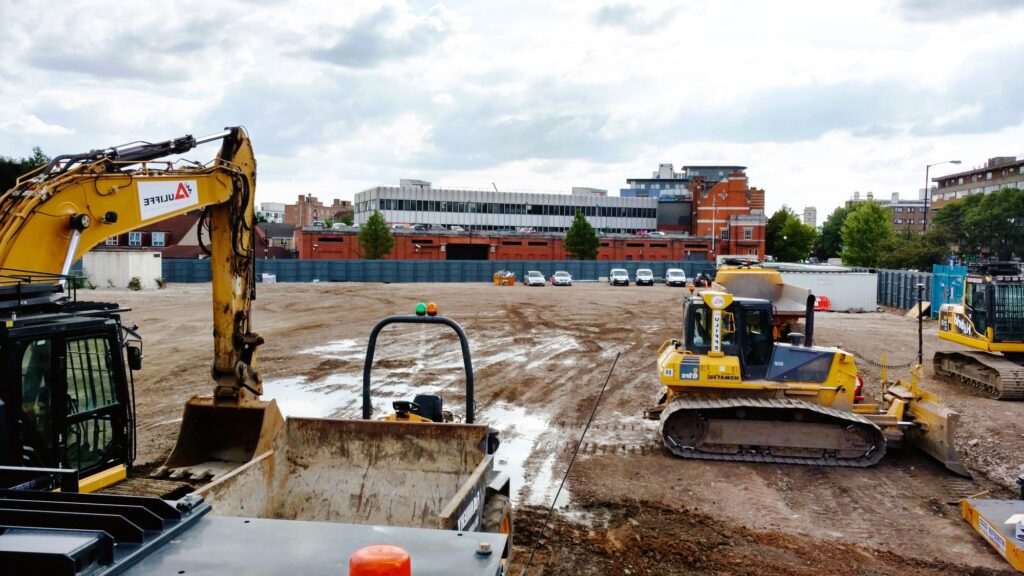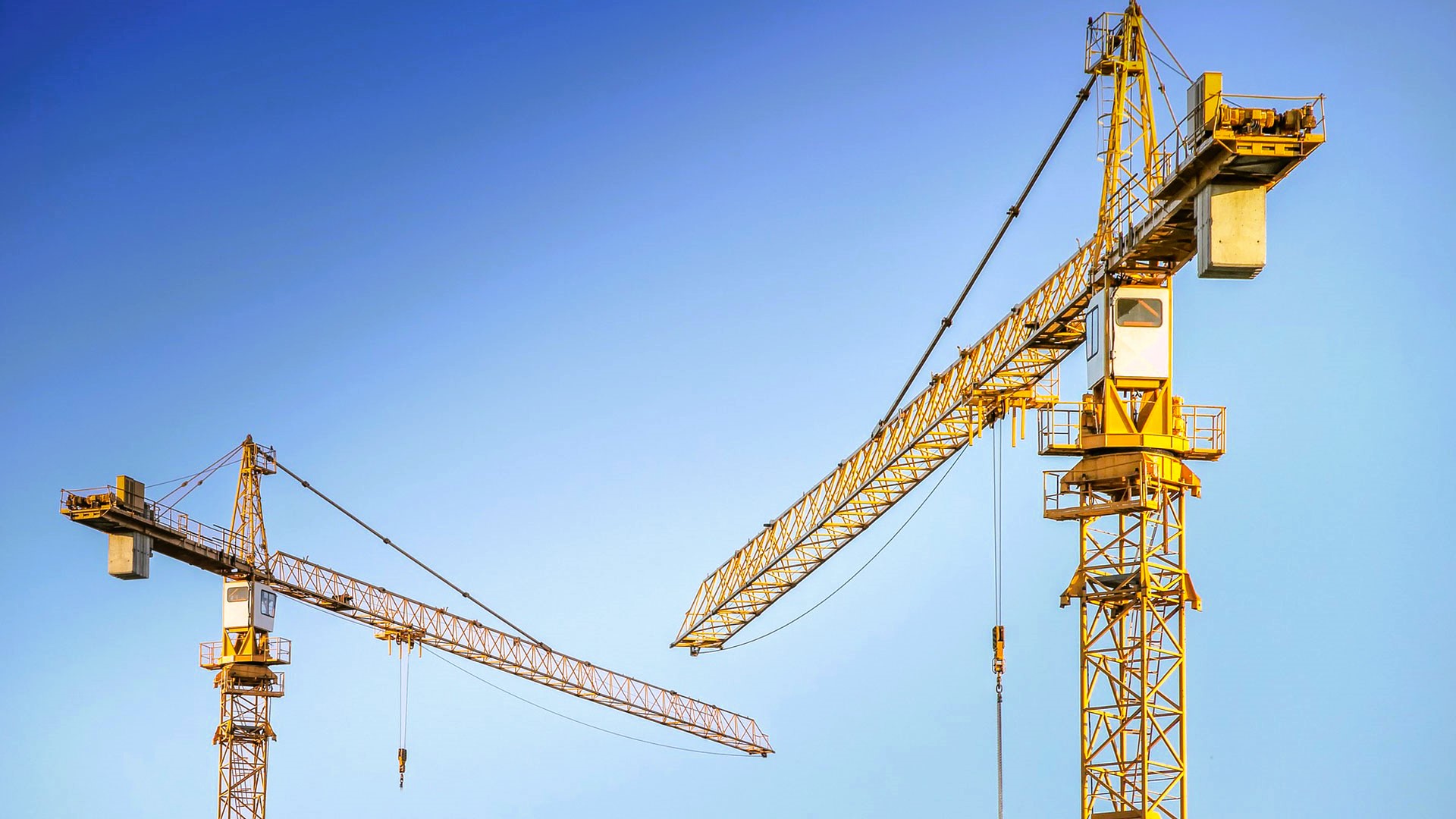The Role of Government Subsidies in Brownfield Redevelopment: Opportunities for Builders in Edmonton
Brownfield sites, once productive lands now abandoned or contaminated, present both challenges and opportunities for urban development. As cities like Edmonton seek to revitalize their urban spaces, brownfield redevelopment becomes a key focus. However, the complexity and costs associated with remediating contaminated land can be daunting for builders and developers. To address these challenges and unlock the potential of brownfield sites, the government offers subsidies and incentives to support brownfield redevelopment initiatives. This article explores the crucial role of government subsidies in brownfield redevelopment and the opportunities they present for builders in Edmonton.
Understanding Brownfield Redevelopment
Brownfields are underutilized or vacant properties that may have been contaminated due to past industrial or commercial activities. These sites often pose environmental and health risks, making their redevelopment a challenging undertaking. Brownfield redevelopment involves remediating and repurposing these lands for new residential, commercial, or public use, contributing to urban renewal and sustainable development.
Challenges in Brownfield Redevelopment
Brownfield redevelopment presents several challenges for builders and developers, including:

- Environmental Remediation: Cleaning up contaminated land can be costly and time-consuming, requiring specialized expertise and adherence to environmental regulations.
- Uncertain Liabilities: Builders may face uncertainties regarding potential liabilities associated with historical contamination, posing financial and legal risks.
- Financing Difficulties: Securing financing for brownfield redevelopment can be challenging due to the perceived risks and uncertainties.
Government Subsidies and Incentives for Brownfield Redevelopment
To promote brownfield redevelopment and overcome the challenges mentioned above, the government offers subsidies and incentives to builders and developers. These measures aim to catalyze brownfield projects and foster sustainable urban development. Government subsidies in brownfield redevelopment can include:
- Financial Grants: Builders may be eligible for financial grants or contributions to offset the costs of environmental assessments and remediation efforts.
- Tax Incentives: Governments may provide tax incentives, such as property tax exemptions or rebates, to reduce the financial burden on developers.
- Fee Waivers: Governments may waive certain fees associated with permits or zoning changes for brownfield redevelopment projects.
- Development Loans: Builders may have access to low-interest loans or favorable financing terms to support brownfield redevelopment.
- Streamlined Approval Processes: Governments may expedite the approval process for brownfield projects to reduce delays and facilitate redevelopment. Like the article? Read also about Understanding Affordable Government Rebates, in Empowering New Home Builders.
Opportunities for Builders in Edmonton
Builders in Edmonton can capitalize on government subsidies for brownfield redevelopment in several ways:
- Unlocking Prime Locations: Brownfield sites often have prime locations within the city, offering opportunities for builders to create desirable developments.
- Enhanced Project Viability: Government subsidies improve the financial viability of brownfield projects, making them more attractive to investors and lenders.
- Contributing to Sustainability Goals: Brownfield redevelopment aligns with Edmonton’s sustainability goals by reusing existing land and reducing urban sprawl.
- Community Revitalization: Builders can play a significant role in revitalizing neighborhoods through brownfield redevelopment, improving community livability and aesthetics.
- Public-Private Partnerships: Builders can explore public-private partnerships to leverage government support and expertise in brownfield redevelopment.

Success Stories in Brownfield Redevelopment
Several successful brownfield redevelopment projects in Edmonton showcase the transformative potential of government subsidies. Examples include:
- Blatchford Redevelopment: The former Blatchford Airport site is undergoing a large-scale redevelopment as a sustainable, carbon-neutral community. Government subsidies have supported the transformation of this brownfield site into a model for sustainable urban development.
- Old Canadian National Rail Yard: Redevelopment of the old rail yard in Edmonton has turned an abandoned industrial site into a vibrant mixed-use neighborhood with residential, commercial, and recreational spaces.
Conclusion
Government subsidies play a pivotal role in unlocking the potential of brownfield sites and facilitating their redevelopment into vibrant, sustainable urban spaces. For builders in Edmonton, these subsidies present opportunities to undertake transformative projects, contribute to community revitalization, and achieve sustainability goals. Brownfield redevelopment not only offers prime locations for new developments but also addresses environmental challenges and enhances the overall quality of life for city residents. By leveraging government subsidies, builders in Edmonton can turn brownfield redevelopment into a win-win situation, revitalizing the urban landscape while contributing to the city’s economic and environmental sustainability.
SOURCES:
- Wikipedia – Brownfield Land
